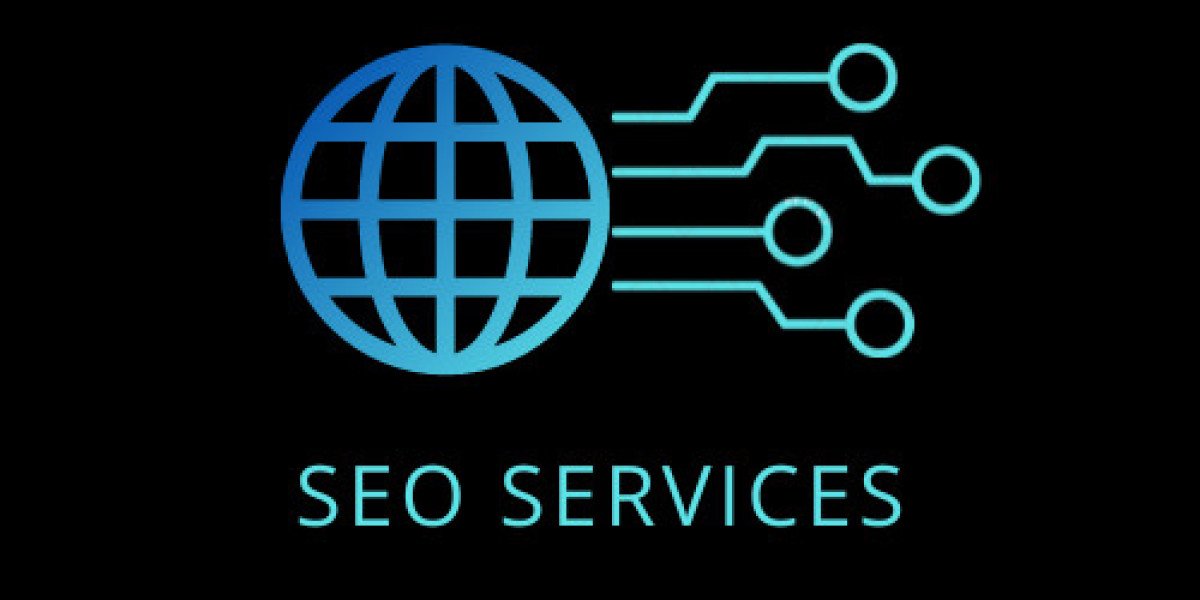Science animation is a powerful tool that merges artistic creativity with scientific accuracy to communicate complex concepts in a visually compelling way. In recent years, it has become increasingly important across various fields, from education and research to public outreach and entertainment. This article delves into the fascinating world of science animation, examining its role, science animator techniques, and impact in today's multimedia landscape.
The Role of Science Animation
At its core, science animation serves to simplify intricate scientific ideas and phenomena, making them accessible to a broader audience. Whether illustrating molecular processes at the cellular level or depicting astronomical events in outer space, animations can break down complex concepts into digestible visual narratives. This visual storytelling not only enhances understanding but also sparks curiosity and engagement among viewers.
Techniques and Tools
Creating effective science animations requires a blend of artistic skill, technical expertise, and scientific knowledge. Animators often collaborate closely with scientists and subject matter experts to ensure accuracy in their portrayals. Techniques range from traditional 2d animation to cutting-edge 3d modeling and computer-generated imagery (CGI), each offering unique advantages in terms of realism and visual impact.
Illustrating Scientific Concepts
One of the primary goals of science animation is to convey scientific principles and processes in a clear and engaging manner. Animators use a variety of visual cues, such as color coding, motion paths, and spatial relationships, to represent abstract ideas and phenomena. For example, animations of DNA replication or gravitational waves can elucidate intricate mechanisms that might be challenging to grasp through text or static images alone.
Educational Impact
In educational settings, science animation plays a crucial role in enhancing learning outcomes. By combining visuals with narration and interactive elements, animations cater to different learning styles and improve retention of information. Students can immerse themselves in virtual environments, explore scientific concepts firsthand, and conduct virtual experiments that would otherwise be impractical or impossible in a traditional classroom setting.
Advancements in Visualization Technology
Advancements in visualization technology have revolutionized the field of science animation. High-resolution rendering, real-time simulations, and virtual reality (VR) capabilities allow animators to create immersive experiences that transport viewers into microscopic worlds or distant galaxies. These technological innovations not only enhance the realism of animations but also open up new possibilities for interactive learning and exploration.
Applications Beyond Education
Beyond education, science animation finds applications in research, medical illustration, public outreach, and entertainment. Researchers use animations to visualize hypotheses, simulate experiments, and communicate findings to peers and the general public. In medical contexts, animations help explain surgical procedures, illustrate disease mechanisms, and demonstrate the effects of pharmaceutical treatments.
Conclusion
Science animation bridges the gap between art and science, offering a dynamic means of communication that engages, educates, and inspires audiences worldwide. As technology continues to evolve, so too will the capabilities and impact of science animation in shaping our understanding of the natural world and beyond. Whether used to explore the mysteries of quantum mechanics or to visualize the wonders of biodiversity, animations play a vital role in fostering scientific literacy and appreciation in society. As we look to the future, the integration of artistry, technology, and scientific rigor in animation promises to enrich our collective knowledge and appreciation of the universe we inhabit.








